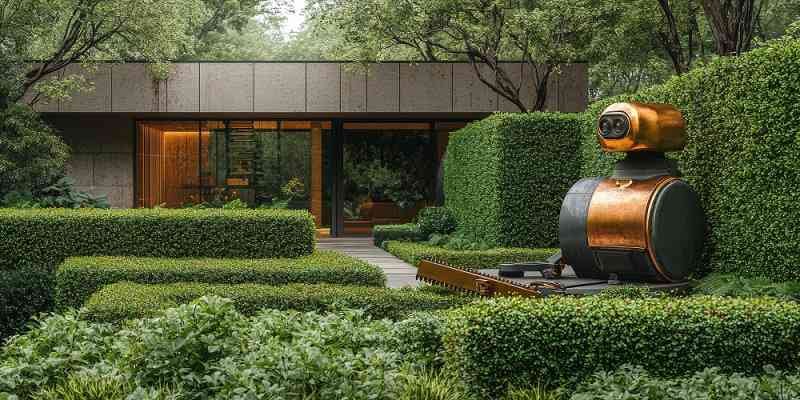Garden edging serves both a practical and aesthetic purpose, providing structure to your flower beds, lawns, and pathways while enhancing the overall design of your outdoor space. Whether you’re aiming for a clean, minimalist look or a more rustic, natural vibe, there’s a garden edging solution for every style. In this guide, we’ll explore a variety of garden edging ideas to inspire your next landscaping project.
Why Garden Edging Matters
Before diving into specific ideas, it’s essential to understand why garden edging is a valuable element of landscaping:
- Defines Spaces: Edging creates clear boundaries between different areas, such as flower beds, lawns, and pathways.
- Prevents Overgrowth: It helps keep grass and plants from encroaching into unwanted areas, reducing maintenance.
- Enhances Aesthetics: A well-designed edge adds a polished and professional look to your garden.
- Improves Drainage: Some edging materials can help direct water flow to prevent erosion and pooling.
Creative Garden Edging Ideas
1. Brick Edging for a Classic Look
Brick is a timeless choice for garden edging. It provides durability and a clean, traditional appearance. You can lay bricks flat for a flush finish or stand them upright for a more pronounced border. Bricks work well in both formal and rustic garden designs.
2. Natural Stone for a Rustic Feel
Natural stone edging adds a sense of organic beauty to your garden. Use irregularly shaped stones for a casual, cottage-style vibe or precisely cut stones for a more structured and modern look. Stones like slate, limestone, or granite are excellent options.
3. Wooden Edging for a Warm, Natural Touch
Wooden edging is perfect for gardens that embrace a natural or rustic aesthetic. Reclaimed wood, timber sleepers, or split logs can create a charming border. Be sure to treat the wood to protect it from moisture and pests for long-lasting durability.
4. Metal Edging for a Sleek, Modern Style
Metal edging, such as steel or aluminum, is ideal for contemporary gardens. It creates sharp, clean lines that add a minimalist touch. Metal edging is highly durable, weather-resistant, and easy to install, making it a popular choice for modern landscaping projects.
5. Recycled Materials for an Eco-Friendly Approach
For an environmentally conscious option, consider using recycled materials like old bottles, broken tiles, or even repurposed concrete. These creative solutions not only reduce waste but also add unique character to your garden.
6. Gravel or Pebble Borders for a Casual Look
Gravel or pebbles are budget-friendly and versatile options for garden edging. Use them to line pathways or create soft borders for flower beds. Pairing pebbles with larger stones or timber can enhance the design further.
7. Living Edges for a Natural Border
For a truly organic approach, consider creating a living edge using low-growing plants like boxwood, lavender, or creeping thyme. Living edges add texture, color, and fragrance to your garden while blending seamlessly with the natural environment.
Tips for Choosing the Right Garden Edging
- Consider Your Garden Style: Match the edging material to the overall theme of your garden (e.g., rustic, modern, or traditional).
- Durability Matters: Choose materials that can withstand your local climate and require minimal maintenance.
- Budget-Friendly Options: If you’re on a budget, explore recycled or natural materials that can be sourced locally.
- Ease of Installation: Some edging types, like metal strips or gravel, are easier to install than others, like stone or brickwork.
Conclusion
Garden edging is a simple yet impactful way to elevate your outdoor space. From classic brick borders to modern metal designs, there are endless options to suit your style and needs. By incorporating the right edging ideas, you can create a garden that’s not only visually appealing but also functional and easy to maintain. Start exploring these ideas today and transform your garden into a beautifully defined oasis!
For more, visit our website Homethreads







